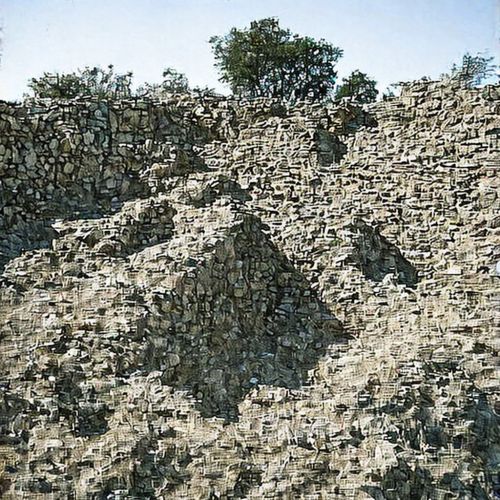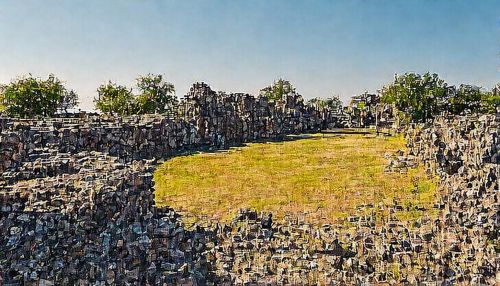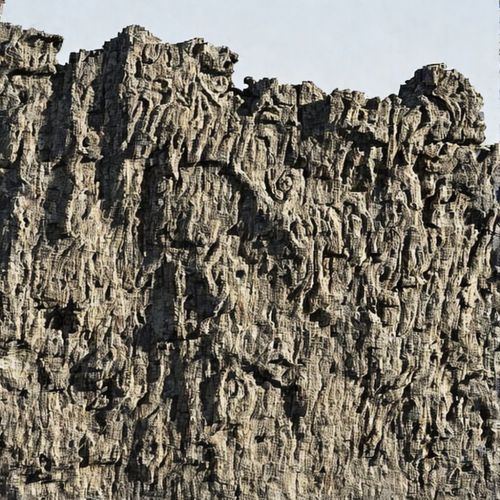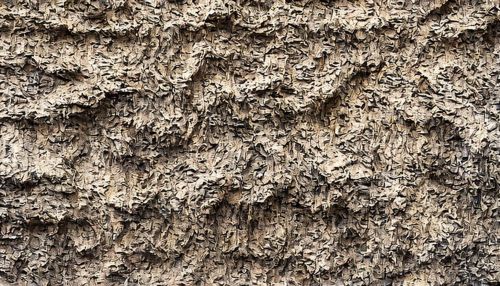Toltec civilization
Origins and History
The Toltec civilization was an ancient Mesoamerican culture that dominated a state centered in Tula, Hidalgo, in the early post-classic period of Mesoamerican chronology (ca 800–1000 CE). The later Aztec culture saw the Toltecs as their intellectual and cultural predecessors and described Toltec culture emanating from Tōllān (Nahuatl for 'Tula') as the epitome of civilization.


The term Toltec in Mesoamerican studies has been fraught with controversy as it is associated with the legendary history according to the Aztecs, and it has been used in a variety of ways by different scholars. In the Mesoamerican context, 'Toltec' has been understood to mean 'artisan'. The Aztec civilization recognized the Toltecs as the originators of all culture; 'Toltecayotl' was a synonym for culture.
Society and Culture
Toltec society was highly stratified. At the top was an elite class of rulers, priests, warriors, and merchants. This elite class controlled the production and distribution of a variety of goods and services, including pottery, textiles, and obsidian tools. The Toltecs were also noted for their architectural and artistic accomplishments.
Toltec culture was dominated by religious rituals and ceremonies. The most important deity in the Toltec pantheon was Quetzalcoatl, the feathered serpent. Other important deities included Tlaloc, the rain god, and Tezcatlipoca, the god of the night sky.
Architecture and Art
Toltec architecture is characterized by large, ceremonial structures decorated with intricate carvings and reliefs. The most famous of these structures is the Pyramid of Quetzalcoatl at Tula, which is adorned with carvings of the feathered serpent deity.


In addition to their architectural achievements, the Toltecs were also skilled artisans. They produced a variety of goods, including pottery, textiles, and obsidian tools. Their artistic style was characterized by a combination of realistic and abstract elements, and they were particularly noted for their skill in creating lifelike sculptures and reliefs.
Decline and Legacy
The reasons for the decline of the Toltec civilization are not entirely clear. It is believed that a combination of internal strife, invasion, and environmental changes may have contributed to their downfall. By the 12th century, the Toltec civilization had largely disappeared, but their influence continued to be felt in Mesoamerica for centuries to come.
The Aztecs, who came to power several centuries after the fall of the Toltecs, viewed them as a great and cultured civilization. They adopted many aspects of Toltec culture, including their religious practices, artistic styles, and architectural techniques. Today, the legacy of the Toltecs can be seen in the many archaeological sites and artifacts that they left behind.
